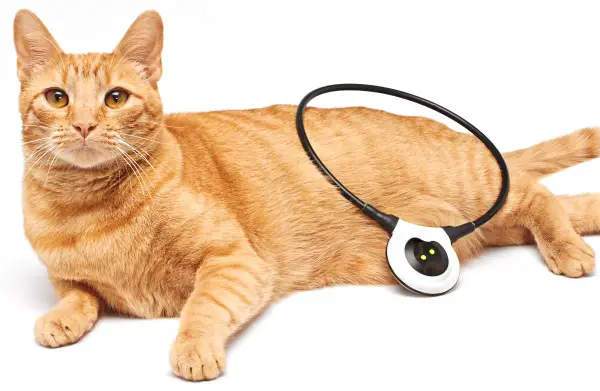Identifying Pain in Cats: A Guide for Concerned Owners
Recognizing pain in cats can be challenging due to their instinctual behavior to hide discomfort. However, observant cat owners can discern subtle changes in their feline companions’ behavior, particularly as they spend more time at home. This article explores key signs of pain in cats and how to address them effectively.
Understanding Behavioral Changes in Cats
Cat owners should pay close attention to any shifts in their pet’s behavior, especially regarding mobility and social engagement. Notable indicators include:
- Reduced Mobility: Is your cat less agile or reluctant to jump?
- Social Withdrawal: Does your cat no longer greet you when you arrive home?
- Decreased Appetite: Are food and water dishes mysteriously remaining full?
- General Disinterest: If your traditionally social cat is now spending more time alone, it may be a sign of distress.
Such abnormal behaviors can signal underlying issues, including pain or stress-related problems that warrant further investigation.
Common Signs of Pain in Cats
Cats may exhibit several common signs when in pain, which include:
- Hiding or withdrawing from social interactions
- Avoiding being touched or held
- Reduced food and water consumption
- Neglecting grooming habits
- Changes in litter box usage, often due to discomfort in positioning
It’s essential to recognize that these behaviors are not signs of a “bad” cat but rather responses to pain and discomfort.
Utilizing the Feline Musculoskeletal Pain Index (FMPI)
One effective tool for assessing your cat’s pain and mobility is the Feline Musculoskeletal Pain Index (FMPI). This questionnaire, available at painfreecats.org, allows cat owners to rate their pets’ behavior and mobility over a few days. The comprehensive evaluation incorporates aspects of pain, activity, and overall well-being, which can be invaluable when consulting with a veterinarian.
When to Consult a Veterinarian
If you notice changes in your cat’s behavior or receive concerning results from the FMPI, it’s crucial to schedule a visit to the veterinarian. Bring the completed FMPI survey to your appointment. During the examination, the veterinarian will:
- Observe your cat’s body posture and movement
- Evaluate muscle mass and gait
- Conduct a thorough orthopedic examination
- Perform necessary diagnostic tests, such as X-rays, to identify conditions like osteoarthritis or other potential sources of pain
Treatment Options for Cats in Pain
If your veterinarian diagnoses pain or osteoarthritis, a multimodal treatment approach is typically recommended. This may include:
- Non-steroidal anti-inflammatory drugs (NSAIDs)
- Analgesics and nutritional supplements
- Non-pharmaceutical modalities, such as Assisi Loop products
- Exercise and weight management strategies
It is crucial to avoid administering any over-the-counter medications without veterinary guidance, as some common human medications can be dangerous for cats.
Making Your Home Cat-Friendly
To enhance your cat’s comfort at home, consider making simple adjustments such as:
- Moving food and water dishes to easily accessible locations
- Choosing litter boxes with lower sides for easier access
- Reducing slippery surfaces with carpeting or rugs
Conclusion: Enhancing Your Cat’s Quality of Life
While the challenges of staying home can be overwhelming, it presents an excellent opportunity for cat owners to become more attuned to their feline friends. Regularly observing changes in behavior can significantly impact your cat’s overall well-being.
By being proactive and responsive to your cat’s needs, you can help ensure a longer, happier life together.
Learn More About Assisi Animal Health
The content in this post is provided by Assisi Animal Health, dedicated to improving the lives of pets. Explore their resources for further information:












